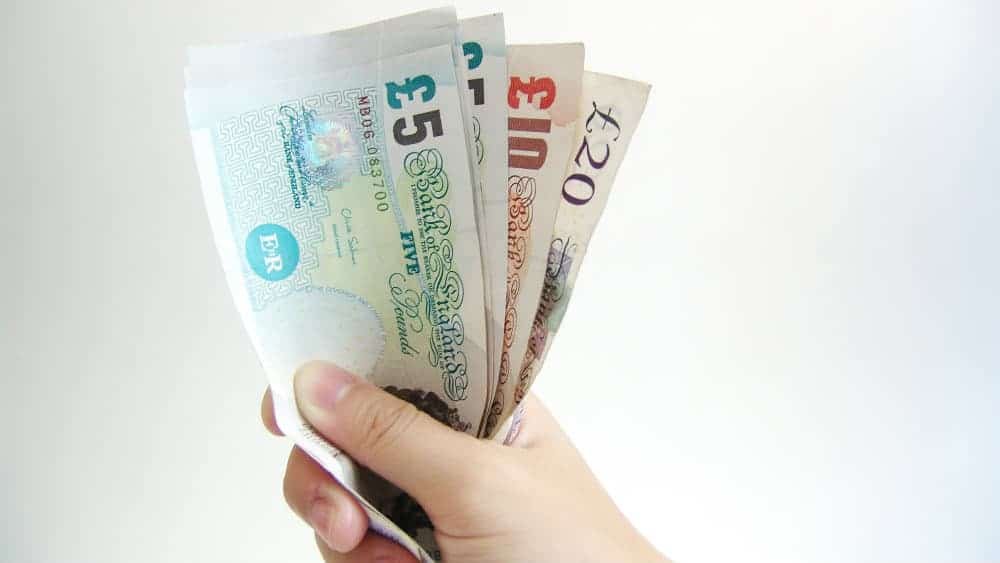Savers put £11.7 billion into Cash ISAs in April, according to data released today by the Bank of England. This was the highest inflow into Cash ISAs since they were launched in 1999.
Laith Khalaf, head of investment analysis at AJ Bell, comments: “April was a blistering month for Cash ISA sales as higher interest rates pulled in hordes of punters. The £11.7 billion inflow was the highest since ISAs were introduced in 1999, according to Bank of England data. The record inflow into Cash ISAs suggests the cost-of-living crisis might be ebbing away, as consumers find themselves with a few extra pennies to tuck away for a rainy day. Savers have also probably shifted their focus away from standard savings accounts to Cash ISAs because higher interest rates have made them vulnerable to paying income tax on their returns.
“While savers continue to plough money into cash, there are plenty of accounts out there offering pretty stingy rates. Money in the average instant access account is earning just 2.1%, and £251 billion remains sitting in accounts paying precisely zero interest. There is still therefore a great deal savers can do to improve their returns simply by shopping around for better deals.
“The government is currently trying to address a flagging stock market by pushing for pension funds and investors to put money into UK companies, partly through the proposed launch of the British ISA. But it might also do well to reflect on whether the UK’s cash obsession is also holding back the UK stock market, and whether there is anything to be done which would encourage savers to make longer term investments with their money.
“The FCA has found that 8.4 million consumers had £10,000 or more wholly or predominantly held in cash. Figures from HMRC show that 3 million people have more than £20,000 held in a Cash ISA but haven’t put a dime into a Stocks and Shares ISA. In the tax year ending 2021, 1.6 million were lucky enough to be in a position to fill their full £20,000 ISA allowance; 40% of them chose to do so exclusively through a Cash ISA.
“Financial planning rules suggest holding three to six months’ expenditure in cash to provide liquidity in the event of unemployment or an emergency. There may well be reasons to extend beyond this level, for instance to save for a house deposit, or simply for ultra-cautious consumers to avoid any fluctuation in capital. Propping up the UK stock market is unlikely to be a major priority for UK savers, but they may also be doing themselves a disservice by holding too much in cash.
“Data from Barclays shows that over all the ten year periods stretching back to 1899, UK shares have beaten cash 91% of the time. Analysis by AJ Bell also highlights the stock market returns which cash savers have missed out on over the last decade. £10,000 saved into a Cash ISA at the beginning of 2014 would have been worth £11,222 after ten years. If invested in a global stock market tracker, it would have been worth £30,172, albeit with greater fluctuations along the way. In the long run an abundance of caution may well lead to a scarcity of returns for cash savers.”
| Total returns | Worst calendar year in last decade | ||||
| 10 Year | £10k invested | After inflation | Total return | Year | |
| Gold | 117.0% | £21,699 | £16,352 | -29.5% | 2013 |
| 60/40 fund | 87.1% | £18,707 | £14,097 | -11.2% | 2022 |
| Absolute return fund | 23.2% | £12,323 | £9,287 | -2.8% | 2018 |
| UK gilt fund | 13.0% | £11,305 | £8,519 | -23.9% | 2022 |
| Cash ISA | 12.2% | £11,222 | £8,456 | 0.3% | 2021 |
| Comparators | |||||
| CPI | 32.7% | N/A | N/A | N/A | N/A |
| Global passive equity fund | 201.7% | £30,172 | £22,737 | -8.0% | 2022 |
Sources: AJ Bell, Bank of England, FE, Morningstar, ONS. Total Return in GBP to 31 December 2023, Gold: performance of average of three gold ETFs, 60:40 fund: Vanguard LifeStrategy 60% Equity, Gilt fund: IA UK gilts sector average, Absolute Return fund: IA Targeted Absolute Return sector average, Cash ISA: effective interest rates on Cash ISAs. Global Passive Equity fund: Fidelity Index World.

